Sveti Stefan (Montenegrin pronunciation: [sv̞ê̞ːtiː stê̞faːn], lit. "Saint Stephen"; Cyrillic: Свети Стефан, Italian: Santo Stefano) is a small islet and 5-star hotel resort on the Adriatic coast of Montenegro, approximately 6 kilometres (3.7 mi) southeast of Budva. The resort, known commercially as Aman Sveti Stefan, includes part of the mainland, where the Villa Miločer (Montenegrin: [vîla mîlɔ̝tʃe̞r]) part of the resort is located. An Adriatic playground for the rich and famous from the 1960s to the 1980s, the hotel is now a 5-star franchise hotel of the international group of Aman Resorts, completed in 2009 and operating under a 30-year lease. Formerly an island, Sveti Stefan is now connected to the mainland by a narrow isthmus. The resort in total contains 50 rooms, cottages and suites on the island and 8 grand suites at the Villa Miločer. he island has a 2 kilometres (1.2 mi) coast line in the central part of Montenegro Adriatic coast line. It is situated to the south of Budva between Pržno and Sveti Stefan villages. The pink sandy beaches of Sveti Stefan, Miločer Beach and Queen’s Beach are part of the coast line. The island encompasses an area of 12,400 m2 (133,000 sq ft).[1] Budva (Montenegrin: Будва, Budva, pronounced [bûːdv̞a] or [bûdv̞a]) is a Montenegrin town on the Adriatic Sea. It has around 14,000 inhabitants, and it is the centre of Budva Municipality. The coastal area around Budva, called the Budva riviera, is the center of Montenegrin tourism, known for its well preserved medieval walled city, sandy beaches and diverse nightlife. Budva is 2,500 years old, which makes it one of the oldest settlements on the Adriatic coast. Cetinje (Montenegrin Cyrillic: Цетиње [pronounced [ t͡sětiɲe]]), is a city and Old Royal Capital (Montenegrin: Prijestonica / Приjестоница) of Montenegro. It is also the historic and the secondary capital of Montenegro, where the official residence of the President of Montenegro is located. It had a population of 13,991 as of 2011.[1] Cetinje is the centre of Cetinje Municipality (population 16,757 in 2011). The city rests on a small karst plain surrounded by limestone mountains, including Mt. Lovćen, the Black Mountain from which Montenegro derives its name. Cetinje is a town of great historical significance, being founded in the 15th century and because it became the center of Montenegrin life and both a cradle of Montenegrin culture and an Orthodox religious center. Its status as the honorary capital of Montenegro is due to its heritage as a long-serving former capital of Montenegro.
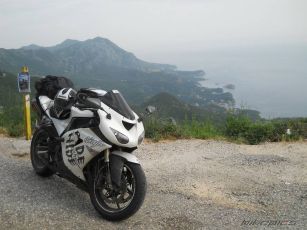
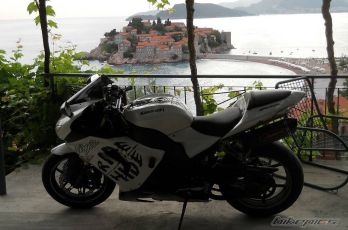
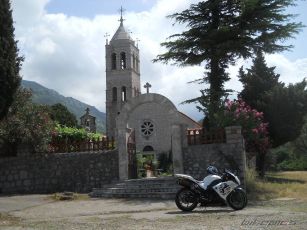

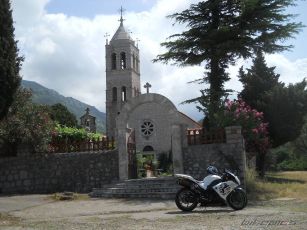
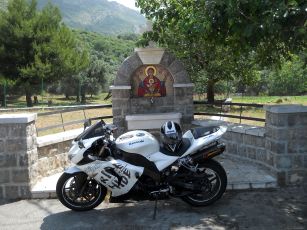
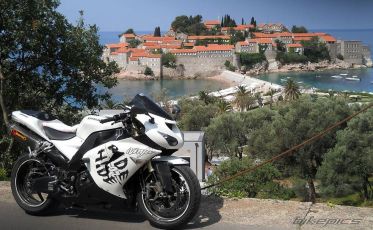
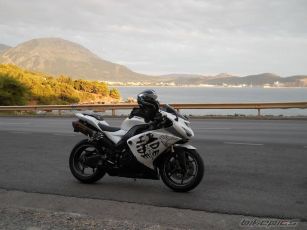

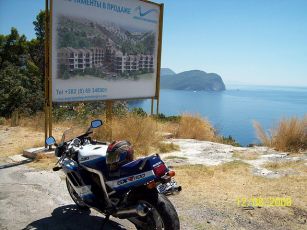
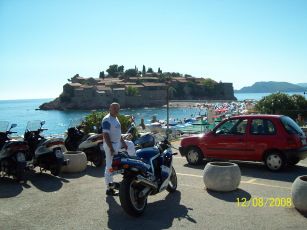
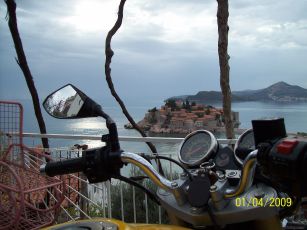
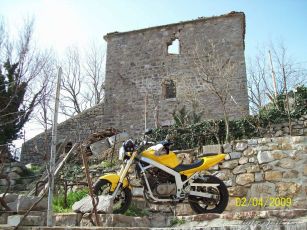
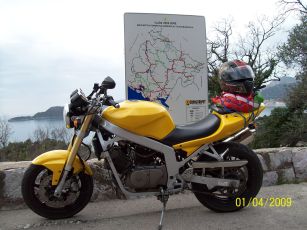
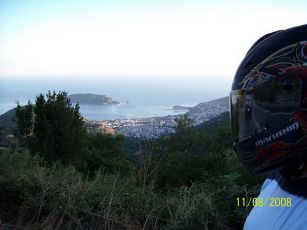
Community-Fotos
Seien Sie der Erste, der Community-Fotos hinzufügen
Von der Community bewertet
Noch keine Rezension vorhanden
um als Erster eine Rezension zu verfassen, die Ihren Biker-Kollegen auf ihren Fahrten in aller Welt hilft.





